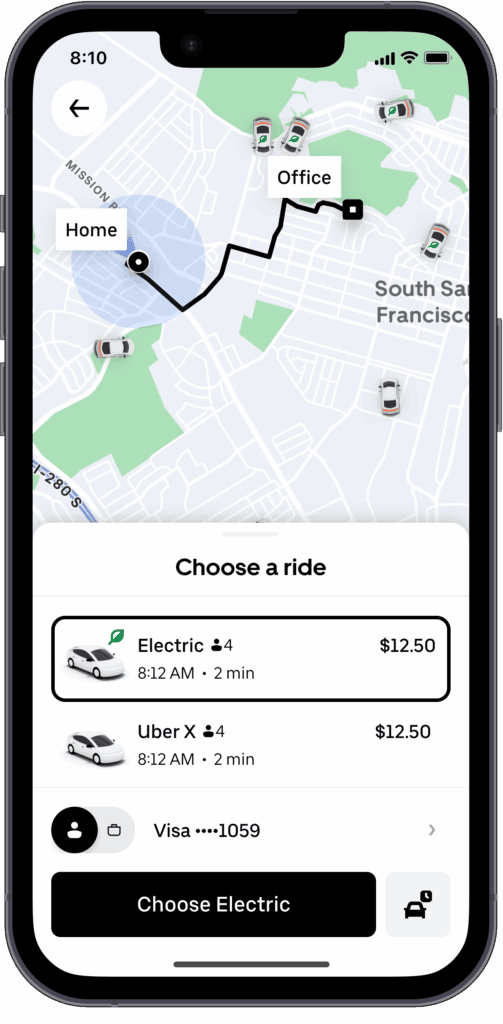
The program, dubbed Go Electric, targets drivers in California, New York City, Colorado, and Massachusetts, where eligible participants can claim the grant for both new and used electric vehicles. Uber said that drivers across the United States may also receive $1,000 toward a new or used EV purchased through TrueCar. The incentive comes at a particularly critical time, as federal tax credits for used electric vehicles have recently expired, removing a key financial support for potential EV buyers.
According to Uber, more than 200,000 electric vehicles already operate on its platform worldwide, and in some regions, drivers are adopting electric cars up to five times faster than the general population. The company hopes that the financial support will ease the transition for drivers who often face narrow profit margins and high vehicle costs, while simultaneously advancing Uber’s goal of a fully electric fleet in North America by 2030.
“We want to make it easier for our drivers to transition to electric vehicles,” said a company spokesperson. “With the Go Electric program, drivers in key markets can take advantage of this grant to make the switch now, while also contributing to a cleaner, more sustainable transportation ecosystem.”
The program also includes technological support to alleviate drivers’ concerns about battery range. Uber’s Battery-Aware Matching system, which will be expanded to 25 countries, connects a driver’s vehicle to the app and ensures that ride requests are only assigned if the car has sufficient charge to complete the trip. Range anxiety has been cited as a major deterrent for nearly half of Uber’s non-electric drivers.
Uber’s initiative underscores the role of the rideshare industry in urban decarbonization. Drivers typically log tens of thousands of miles annually, meaning the adoption of electric vehicles can have a significant impact on greenhouse gas emissions. By offering direct incentives, Uber is stepping into a more active role in facilitating the transition to EVs, a task that has traditionally relied on government subsidies and tax credits.
The initiative is also a clear signal to the broader automotive and mobility sectors. Competitors, including Lyft, may face pressure to introduce similar incentives, while automakers could see growing demand for EVs from rideshare fleets. Infrastructure providers, including public and private charging networks, are also likely to encounter increased usage, particularly in dense urban areas where high-mileage drivers need reliable access to fast chargers.
While the program represents an ambitious attempt to accelerate the adoption of electric vehicles, challenges remain. Many rideshare drivers rely on older or more affordable vehicles and may find even a $4,000 incentive insufficient to offset the upfront cost of an EV. Additionally, the initiative is currently limited to select states, leaving questions about national scalability and equity.
Uber is pairing the program with a marketing push aimed at riders, offering 20 percent off—or up to $8—on trips taken with electric vehicles using the promo code GOELECTRIC20. The move seeks to stimulate demand for EV trips, complementing the supply-side incentives for drivers.
As Uber shifts from “Green” to “Electric,” the company positions itself at the forefront of a rapidly changing urban transportation landscape, where electrification and sustainability are becoming essential criteria for riders and regulators alike. Whether the initiative will achieve its ambitious goals of fleet-wide electrification remains to be seen, but it offers a glimpse into how private companies may increasingly fill the void left by shrinking federal incentives for electric vehicles.
The coming months will test whether financial incentives and technological tools like Battery-Aware Matching can overcome the practical challenges drivers face, from vehicle costs to charging access. For Uber, the success of Go Electric could provide a roadmap for scaling EV adoption across a major global rideshare network.